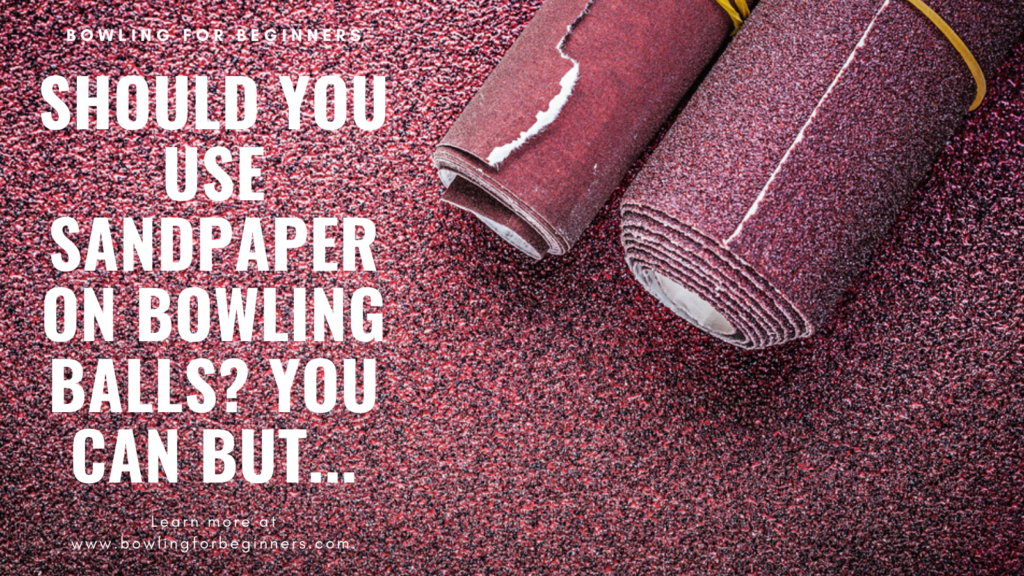
If you're a bowler, you've probably wondered at one time or another if it's ok to use sandpaper on your bowling ball. And if you're not a bowler, you've probably wondered what in the world people are talking about!
In this blog post, we'll talk about whether or not it's ok to use sandpaper on a bowling ball and why people might do so. We'll also cover some of the benefits and drawbacks of using sandpaper on a bowling ball.
Let’s get down to the nitty-gritty!
Contents
- 1 Can You Use Sandpaper on a Bowling Ball?
- 2 What Are Sandpapers?
- 3 Should You Sand a Bowling Ball?
- 4 How Do to Sand a Bowling Ball?
- 5 How To Polish/Resurface a Bowling Ball?
- 6 How Many Times Can You Sand a Bowling Ball?
- 7 Is It Legal to Sand a Bowling Ball?
- 8 What Are the Benefits of Sanding a Bowling Ball?
- 9 What Grit Sandpaper Should You Use on a Bowling Ball?
- 10 What Is the Best Thing to Clean a Bowling Ball With?
- 11
- 12 Related Articles
Can You Use Sandpaper on a Bowling Ball?
Yes, you can use sandpaper or a sanding pad on a bowling ball. In fact, many bowlers used to use sandpaper to buff their balls until the USBC outlawed the practice in 1980. The main reason for the outlawing was that some companies were starting to use harder grits of sandpaper which gave bowlers an unfair advantage.
While you can still use sandpaper on your own bowling ball at home, it's important to note that it will wear down the coverstock much faster than other methods, like using abralon pads or sanding discs.
So if you do choose to use sandpaper, be sure to go with a lower grit (around 400) and don't overdo it. A few passes should be enough.
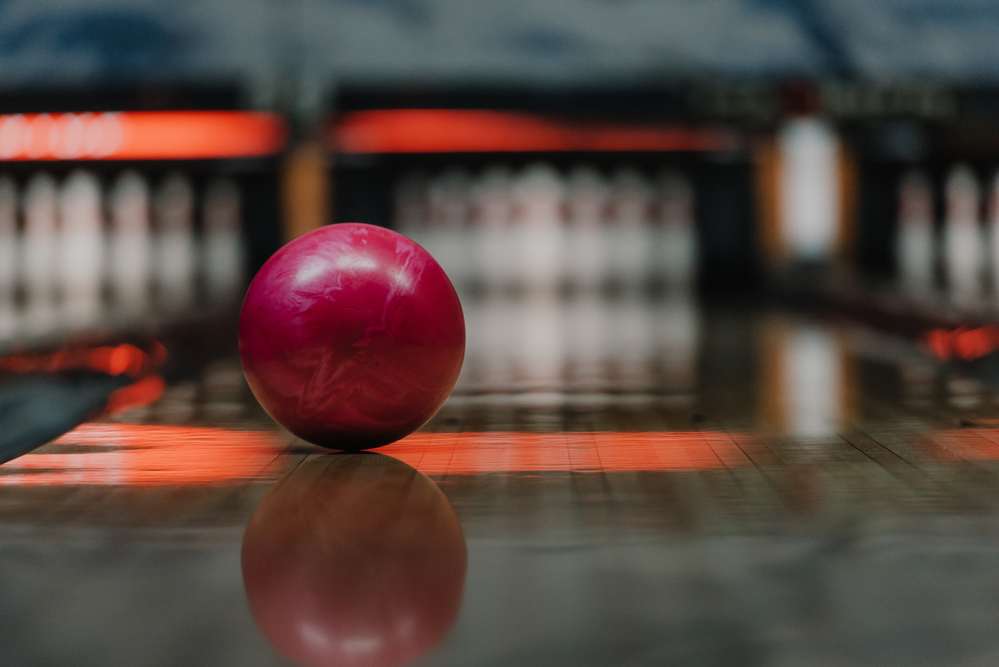
What Are Sandpapers?
Sandpapers are painty and abrasive papers coated with particles of sand. The first sandpapers were made by gluing natural sands to a backing paper. Modern sandpapers come in a variety of grits and can be made with natural or synthetic materials.
Coarser sandpapers are used to remove paint and finishes, while finer grits are used for polishing and finishing work. Sandpapers can be purchased in sheets or rolls and are also available in discs and belts for use with power tools.
In addition to their traditional uses, sandpapers can also be used for tasks such as sharpening knives and removing rust from tools.
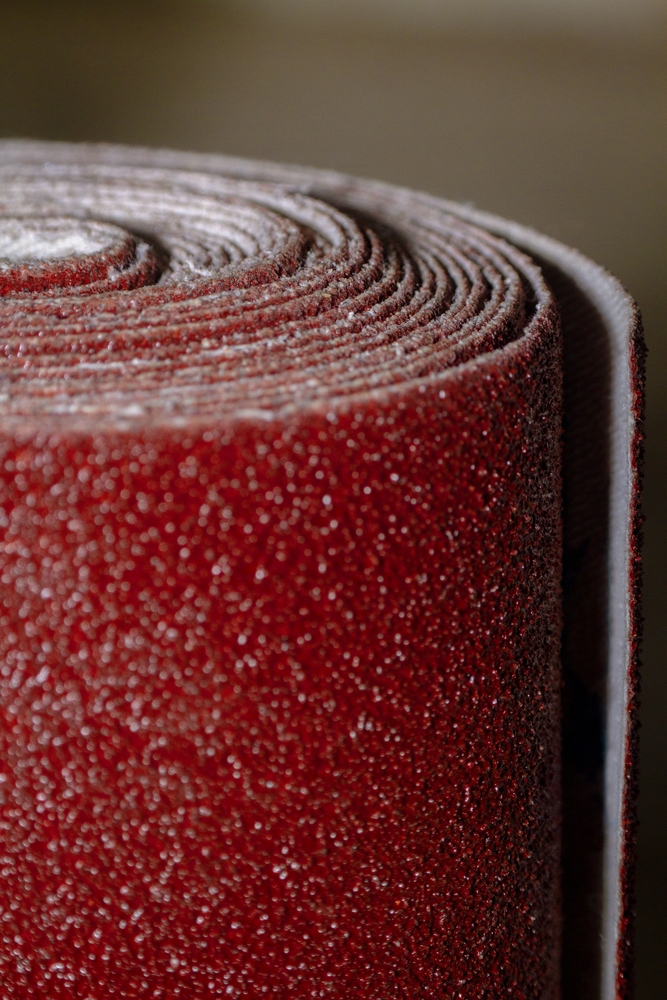
Should You Sand a Bowling Ball?
Sanding a bowling ball is not essential, but it can be helpful in achieving the desired results. If you decide to sand your ball, it is important to do so carefully and evenly.
The amount of sanding will depend on your playing style and the type of lane conditions you typically encounter. Sanding can help to smooth out the surface of the ball, making it more likely to hook or curve as it makes its way down the lane.
It can also help to increase the ball's reaction time on dry lanes. Also, sanding a bowling ball is a process that can help to improve its performance. It can help to smooth out any roughness on the surface, providing a better grip for the bowler.
However, it is important to sand the ball properly in order to avoid damaging it. Sanding too aggressively can wear away the coverstock, reducing the ball’s lifespan.
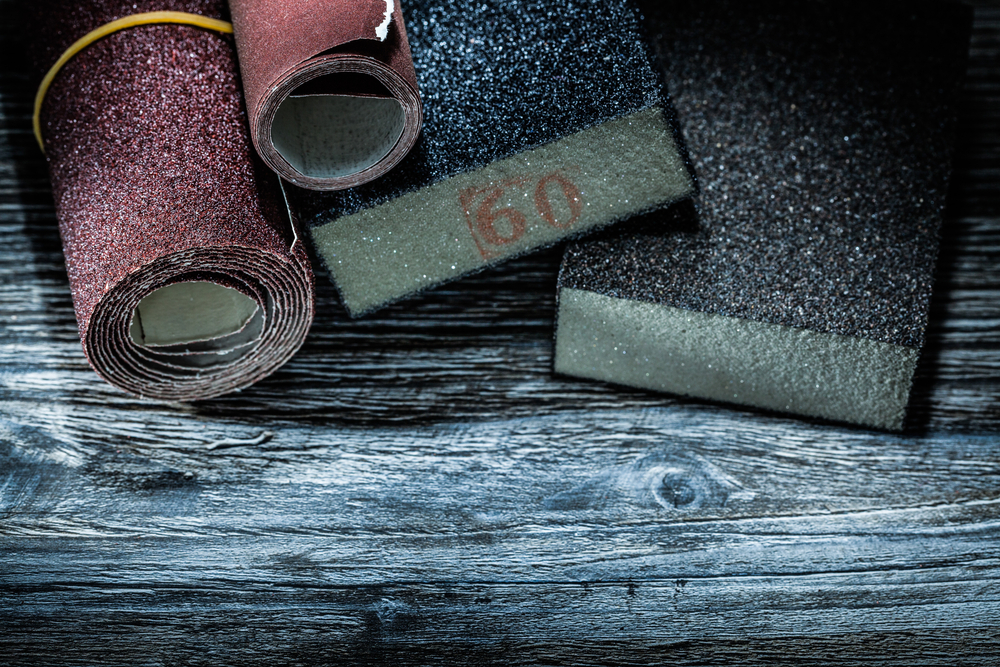
How Do to Sand a Bowling Ball?
If you've ever wondered how professionals get their bowling balls to hook so sharply, the answer is simple: they use a sanding technique to rough up the surface of the ball.
By creating a series of small dimples on the ball, they are able to increase the amount of friction between the ball and the lane, resulting in a more extreme hook.
What you’ll need:
- Sanding agent e.g., sandpaper
- Bowl of water
- Spray bottle of water
- Towels/ tack cloth
- Ball spinner
- Polish (optional)
If you're looking to add some extra zip to your bowling game, here's how to dull/sand a bowling ball.
- Step 1: First, start with a clean ball. Any dirt or grime on the surface will only clog up the sandpaper and make it harder to create an even finish.
- Step 2: Next, choose a sandpaper grit that is appropriate for the type of bowling you’ll be doing. For instance, if you’re planning on using the ball on a dry lane, you’ll want to use (higher) finer grit sandpaper for a later hook. Conversely, if you’re bowling on an oily lane, you’ll want to use (lower grit) coarser grit sandpaper for an earlier hook.
- Step 3: Once you’ve selected your sandpaper, it’s time to start sanding. Begin by placing the ball on the spinner and working the sandpaper in small circular motions, using even moderate pressure. Be sure to cover the entire surface of the ball, paying special attention to any areas that are bumpy.
- Step 4: Remember to spray or dip the sandpaper in a sanding agent or water to lower the heat from friction as you sand the ball.
- Step 5: When done, wipe the ball with a clean towel to remove any excess dust.
How To Polish/Resurface a Bowling Ball?
Most bowling balls are finished with a rubber, resin, or plastic coating that can become scratched and dull over time. If your ball is starting to look a little worse for wear, you may be wondering how to polish it and bring back the shine.
Fortunately, there are a few easy steps you can follow to resurface your bowling ball at home. You will need a polishing compound and a clean rag. Then, apply a small amount of polishing compound to the ball. Begin buffing the entire surface of the ball.
Be sure to move slowly and evenly to avoid creating any holes in the coating. After a few minutes of buffing, wipe away the excess compound with a clean rag. You should now have a beautiful, shiny bowling ball!
How Many Times Can You Sand a Bowling Ball?
According to the United States Bowling Congress (USBC), the circumference of a bowling ball can be no more than 27.002 inches and no less than 26.704 inches. However, there is no limit on how many times a ball can be sanded as long as it remains within these size guidelines.
Bowlers often sand their balls to adjust the amount of friction they create with the lane surface, which can affect the ball's trajectory and hook potential. More friction creates more spin and can result in a tighter hook, while less friction produces a straighter shot.
If a ball becomes too worn, it may need to be resurfaced by a professional to restore its original size and weight specifications.
Is It Legal to Sand a Bowling Ball?
While there is no explicit rule against it, most competitive leagues will not allow bowlers to use sanded balls. The reason for this is that sanding can give the ball an unfair advantage by making it more difficult for opponents to control.
As a result, if you plan on competing in a league, it's important to check the rules before sanding your ball.
What Are the Benefits of Sanding a Bowling Ball?
Sanding a bowling ball is an important part of keeping it in good condition. The process removes dirt and scratches from the surface of the ball, which can otherwise build up over time and affect its performance.
In addition, sanding the ball will create more friction between it and the lane, allowing the ball to hook more effectively. As a result, regular sanding can help to improve a bowling ball's performance and extend its lifespan.
What Grit Sandpaper Should You Use on a Bowling Ball?
If you've ever been to a bowling alley, you've probably noticed that the balls always seem to have a smooth, shiny surface. This slick surface helps the ball to travel faster and further down the lane.
However, over time, the surface of a bowling ball can become scratched and dull. When this happens, it's time to break out the sandpaper. But what grit levels and sandpaper should you use on a bowling ball?
The answer depends on the severity of the scratches and the lane's condition.
For light scratches and oily lanes, you can use around 400 rougher grits sandpaper, leaving more surface.
For deeper scratches and medium-oiled lanes, you'll need to use finer sandpaper, such as 1000 to 5000 grit. A higher grit number correlates to a drier lane.
No matter what type of wet or dry sandpaper you use, always be sure to apply it evenly to avoid damaging the surface of the ball.
What Is the Best Thing to Clean a Bowling Ball With?
There are a few different methods that can be used to clean a bowling ball, but some are more effective than others. One popular option is to use an abralon pad or sanding discs. These products create a smooth surface on the ball that helps it to glide smoothly down the lane.
Another option is to clean the ball with alcohol. This method will remove any dirt and oil from the surface of the ball, but it can also strip away the polish. As a result, it's important to use alcohol sparingly and to apply a fresh coat of polish after cleaning.
Does Sanding a Bowling Ball Make It Hook More?
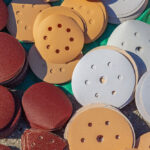
If you sand your ball correctly, you can create more friction between the ball and the lane, which can result in more hook from the ball. However, if you sand too much or sand in the wrong direction, you can actually reduce the amount of hook on your ball.
What Is the Best Homemade Bowling Ball Cleaner?
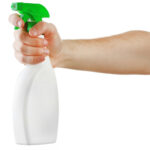
You can certainly buy a commercial bowling ball cleaner, but if you're looking to save some money, you can also make your own. Add equal amounts of Simple Green and isopropyl alcohol (rubbing alcohol) in a bucket of water then, soak your ball in the mixture for a few minutes, then rinse it off and dry it with a clean towel. Voilà ... your very own homemade bowling ball cleaner.
Is it better to wet sand or dry sand a bowling ball?
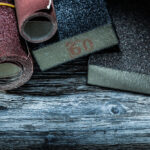
Wet sanding a bowling ball gives a smoother (less friction) finish. Dry sanding a bowling ball will give you a texture (greater friction).
Wet sanding a bowling ball involves using a lubricant or water to reduce friction and prevent the sandpaper from clogging. Dry sanding, on the other hand, is done without any lubricant or water.
Wet sanding can produce a smoother finish and is ideal for removing deep scratches, while dry sanding is better for removing light scratches and maintaining the ball's surface texture. Ultimately, the choice between wet or dry sanding depends on the condition of the ball and the desired outcome.
Related Articles
Sandpaper on a bowling ball can change the surface of the ball and how it travels down the lane. This alteration can give you an advantage when bowling. However, using sandpaper on a bowling ball is illegal in most cases. If you are caught using sandpaper on your bowling ball, you will likely be disqualified from the tournament or competition.
Kira Byrd, a Certified Fraud Examiner, holds a B.S. in Accounting from the University of Alabama at Birmingham. With a passion for bowling from her childhood, Kira has poured her expertise and personal experiences into creating and nurturing Bowling For Beginners. Kira's mission is to meet new bowlers where they are and guide them toward consistently achieving higher scores. With a focus on skill development and strategic techniques, she empowers readers to take control of their game and unlock their true potential.
Bowling For Beginners embodies strict editorial integrity, ensuring reliable and unbiased information. Kira's commitment to delivering valuable insights and practical strategies is reflected in every article. Here's an explanation of our editorial policy and how we get money.







